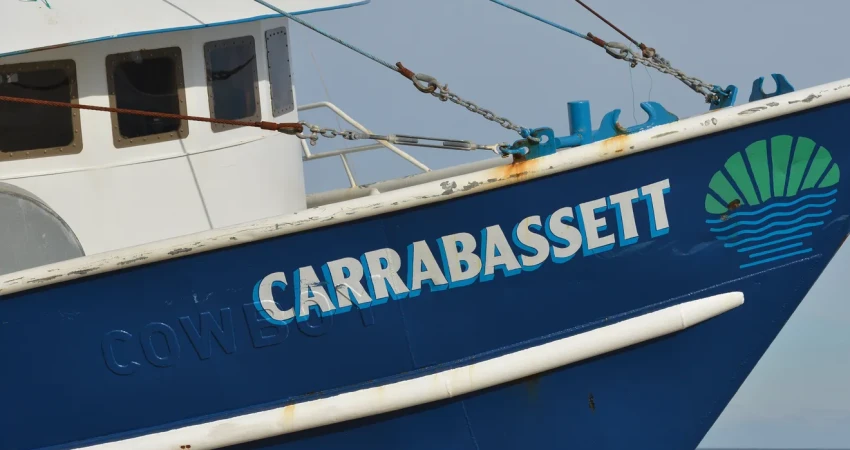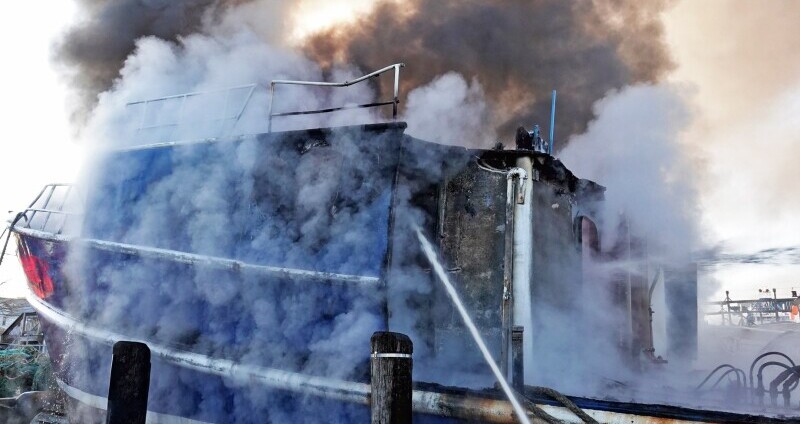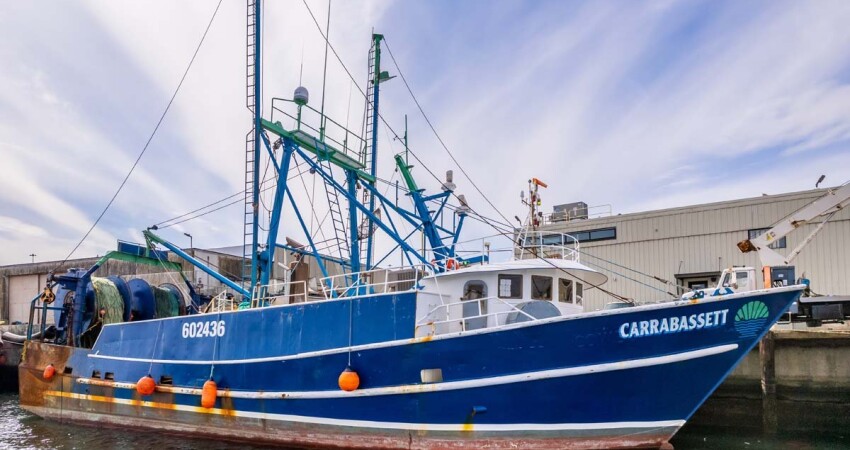The Axel Carlson Reef off the New Jersey shore now has a new artificial addition: the fishing vessel Carrabassett. The vessel was once part of Carlos Rafael, also known as the Codfather’s fleet, most recently owned by C&P Trawlers. The Carrabassett had quite the journey as a groundfish boat off New England's coast but has now officially been laid to rest.
The Carrabassett, formerly known as the Cowboy under Rafael's ownership, has a fascinating journey. After Rafael was forced to sell his entire fleet in 2017 due to his involvement in falsifying fish quotas, tax evasion, and conspiracy, the vessel found a new home with Blue Harvest Fisheries in 2020. It was then renamed and relaunched as the Carrabassett in August of the same year, only to face a new journey with Blue Harvest filing for Chapter 7 bankruptcy in 2023.

In 2021, the vessel ran aground under the Blue Harvest's ownership and remained on Longnook Beach in Truro, Mass., for five days. According to the U.S. Coast Guard, no crew members were injured during the incident. Blue Harvest had obtained permits from government officials and private landowners to bring in equipment to help get the vessel off the beach. Eventually, a tug pulled it back into the water, and it fully floated.

Many seafood companies, including permit owners and processors, attended the 2023 Zoom conference that the Delaware bankruptcy court hosted to sell Blue Harvest’s 48 federal fishing permits and vessels. C&P Trawlers, partly owned by the Canastra family, won the Blue Harvest auction, closing that final chapter for the company and gaining all the associated permits and boats, including the Carrabassett.
Shortly after the auction in February, the Carrabassett was considered a total loss after a welding accident aboard the vessel sparked a large fire. Fairhaven Fire and EMS released, “Upon arrival, heavy fire was coming from the pilot house on the 82-foot fishing vessel. Fire suppression on the F/V Carrabassett began initially with water and then changed to environmentally compatible foam. Personnel operated for approximately one hour before the fire was considered under control. It was determined that welders were in the bow of the fishing vessel utilizing a cutting torch and attempted to use a fire extinguisher to extinguish the fire.”

At the time, the vessel was in the process of being decommissioned, and the fuel motor had been removed. Fairhaven Harbormaster Timothy Cox told the press that the plan was to have the vessel fully decommissioned and sunk to become an artificial reef. No one was hurt during the fire, and it just became a hurdle before the vessel could be secured for the Axel Carlson Reef. New Jersey’s artificial reef program coordinator, Peter Clarke, secured the vessel for $50,000 and was fully funded on a 50/50 split by the Manasquan River Marlin & Tuna Club and The Sportfishing Fund. The club raised the money through their Offshore Open and Bluefin Open tournaments, and a private donor established the fund as a non-profit dedicated to funding artificial reef projects.
The NJ Fish & Wildlife Artificial Reef Program was created in 1984 and has since built 17 reefs off the state's coast and one in Delaware Bay. The program uses rail cars, old tugboats, former commercial fishing vessels, and concrete reef balls. All equipment is cleaned and free of oils and fuel before being sunk.
The Carrabassett was sunk in 72 feet of water in early April on the reef 2.1 miles off the coast of Point Pleasant Beach. Clarke shared that it usually takes about five years for a new reef structure to be covered in marine life to sustain fish species such as sea bass, blackfish, fluke, and shellfish.







